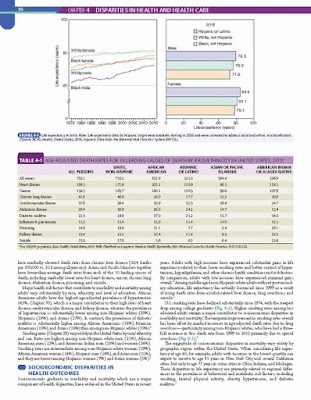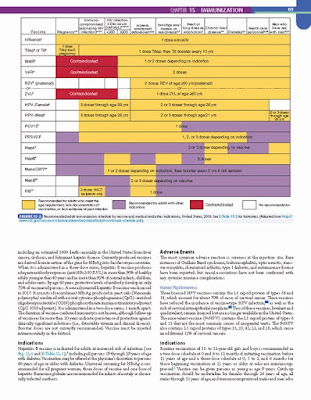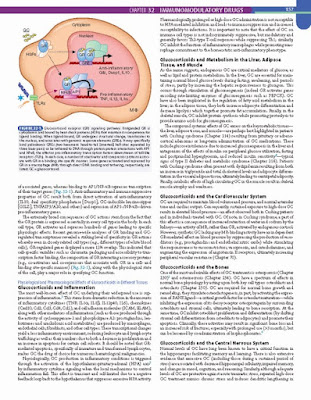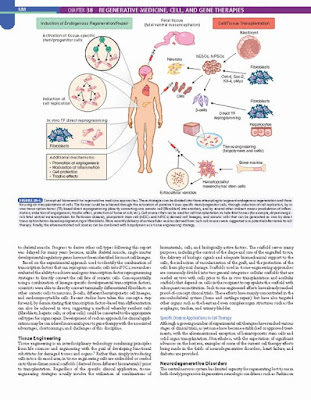by Lee Goldman MD (Author), Andrew I. Schafer MD (Author)
In the more than 90 years since the first edition of the Cecil Textbook of Medicine was published, almost everything we know about internal medicine has changed. Progress in medical science is now occurring at an ever-accelerating pace, and it is doing so within the framework of transformational changes in clinical practice and the delivery of health care at individual, social, and global levels. This textbook and its associated electronic products incorporate the latest medical knowledge in multiple formats that should appeal to students and seasoned practitioners regardless of how they prefer to access this rapidly changing information.
Even as Cecil’s specific information has changed, however, we have remained true to the tradition of a comprehensive textbook of medicine that carefully explains the why (the underlying genetics, genomics, and pathobiology of disease) and the how (now expected to be evidence-based from randomized controlled trials and meta-analyses). Descriptions of physiology and pathophysiology include the latest genetic advances in a practical format that strives to be useful to the nonexpert so that care can truly be as precise and personalized as possible.
Medicine has entered an era when the acuity of illness and the limited time available to evaluate a patient have diminished the ability of physicians to satisfy their intellectual curiosity. As a result, the acquisition of information, quite easily achieved in this era, is often confused with knowledge. We have attempted to address this dilemma with a textbook that not only informs but also stimulates new questions and gives a glimpse of the future path to new knowledge. Grade A evidence is specifically highlighted in the text and referenced at the end of each chapter. In addition to the information provided in the textbook, the Cecil website supplies expanded content and functionality. In many cases, the full articles referenced in each chapter can be accessed from the Cecil website. The website is also continuously updated to incorporate subsequent Grade A information, other evidence, and new discoveries.
The sections for each organ system begin with a chapter that summarizes an approach to patients with key symptoms, signs, or laboratory abnormalities associated with dysfunction of that organ system. As summarized in E-Table 1-1, the text specifically provides clear, concise information regarding how a physician should approach more than 100 common symptoms, signs, and laboratory abnormalities, usually with a flow diagram, a table, or both for easy reference. In this way, Cecil remains a comprehensive text to guide diagnosis and therapy, not only for patients with suspected or known diseases but also for patients who may have undiagnosed symptoms or signs that require an initial evaluation.
Just as each edition brings new authors, it also reminds us of our gratitude to past editors and authors. Previous editors of Cecil include a short but remarkably distinguished group of leaders of American medicine: Russell Cecil, Paul Beeson, Walsh McDermott, James Wyngaarden, Lloyd H. Smith, Jr., Fred Plum, J. Claude Bennett, and Dennis Ausiello. As we welcome a new associate editor—Nancy Davidson—we also express our appreciation to James Doro- show and other associate editors from the previous editions on whose foundation we have built. Our returning associate editors—Mary K. Crow, Jeffrey M. Drazen, Robert C. Griggs, Donald W. Landry, Wendy Levinson, Anil Rustgi, W. Michael Scheld, and Allen M. Spiegel—continue to make critical contributions to the selection of authors and the review and approval of all manuscripts. The editors, however, are fully responsible for the book as well as the integration among chapters.
The tradition of Cecil is that all chapters are written by distinguished experts in each field. Two of those authors, Frank A. Lederle, author of the chapter on “Diseases of the Aorta,” and Ronald Victor, author of the chapter on “Arterial Hypertension,” passed away after submitting their chapters, and we mourn their passing.
We are also most grateful for the editorial assistance in New York of Timothy Gahr, Maribel Lim, Eva Allen, and Magdalena Fuentes. These individuals and others in our offices have shown extraordinary dedication and equanimity in working with authors and editors to manage the unending flow of manuscripts, figures, and permissions.
This edition of Goldman-Cecil Medicine includes many new authors. We would also like to thank outgoing authors, who often provided figures that are included in this edition as well as tables that have been included or modified for this edition. Furthermore, because of the templated format and extensive editing that are characteristic of Goldman-Cecil Medicine, some new chapters incorporate principles, concepts, and organizational aspects from those prior chapters, often revised extensively prior to publication.
Product details
- Publisher : Elsevier; 26th edition (September 26, 2019)
- Language : English
- Hardcover : 2944 pages
- ISBN-10 : 0323532667
- ISBN-13 : 978-0323532662
- Item Weight : 15.68 pounds
- Dimensions : 9.5 x 4.5 x 12.1 inches







No comments:
Post a Comment